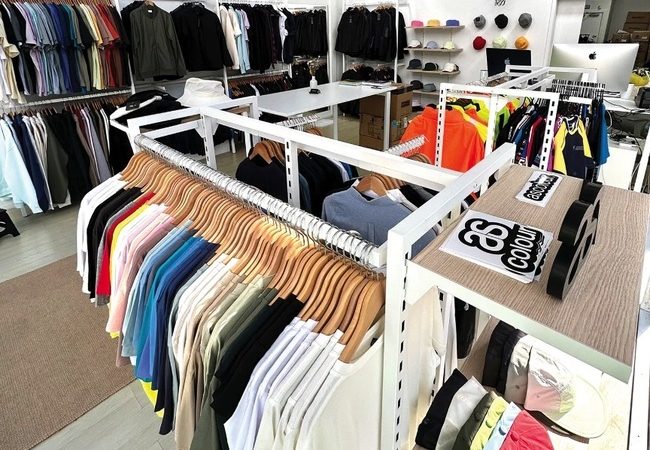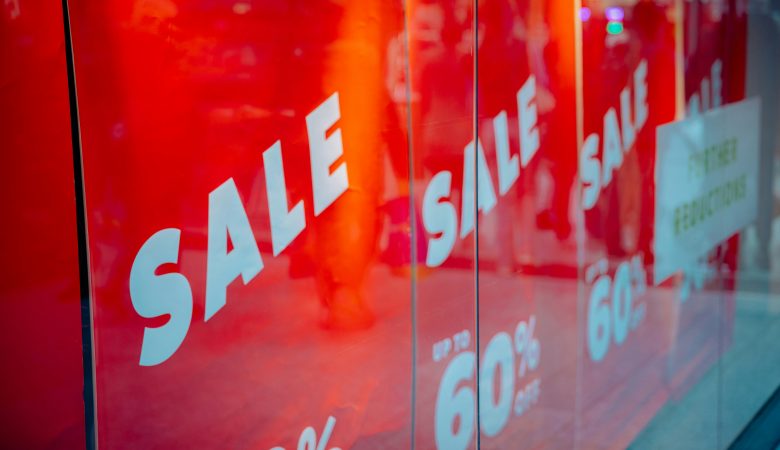Maintaining the freshness and integrity of products is paramount for any business aiming to enhance customer satisfaction and minimise waste. The strategic use of packaging technologies, notably vacuum packaging and shrink wrapping, plays a crucial role in achieving these objectives. While both methods are instrumental in safeguarding products until they reach the consumer, understanding their unique applications, processes, and benefits is essential for businesses to make informed decisions that align with their specific needs.
Vacuum Packaging vs. Shrink Wrapping
At first glance, vacuum packaging and shrink wrapping might seem interchangeable due to their common goal of protecting products. However, they cater to distinctly different needs and industries, marked by their application and the material used. Vacuum packaging, predominantly utilised in the food industry, is renowned for its ability to extend the shelf life of perishable goods. This method involves the removal of air—specifically oxygen—to preserve food quality and prevent spoilage. On the other hand, shrink wrapping is favoured for non-consumable items such as clothing, offering a different level of protection that is more about maintaining product integrity and presentation rather than extending shelf life.
Material Thickness and Its Impact
Both vacuum packaging and shrink wrapping employ plastic polymer film, yet the similarity ends there. The film used in vacuum packaging is significantly thicker—approximately four times—than that used in shrink wrapping. This distinction underscores the tailored approach each packaging method takes to protect different types of products. The thickness of the vacuum packaging film plays a vital role in its ability to preserve food items by preventing air and moisture from entering the package.
The Role of Heat in Packaging
Although heat is a common factor in sealing products with both methods, the processes and machinery involved are fundamentally different. Vacuum packaging machines are designed to remove air before sealing the package, which cannot be achieved with shrink wrap machinery. This divergence necessitates companies to invest in specific types of equipment based on their packaging needs, emphasising the importance of understanding each method’s unique requirements and benefits.
Oxygen Management
The approach to handling oxygen during the packaging process is a key differentiator between vacuum packaging and shrink wrapping. Vacuum packaging excels in removing virtually all oxygen, which is crucial for preserving food products. In contrast, shrink wrapping initially traps oxygen within the package, later allowing it to escape through tiny perforations. This method, while offering some level of protection, does not provide the same preservation benefits as vacuum packaging, making it unsuitable for extending the shelf life of consumable goods.
Choosing the Right Packaging Solution for Your Business
The selection between vacuum packaging and shrink wrapping for your products is contingent upon several factors, such as the characteristics of the products and the level of safeguarding needed. Vacuum packaging is the preferred option for food items that gain advantages from a prolonged shelf life, whereas shrink wrapping is better suited for packaging non-consumable items that do not necessitate the elimination of air for preservation purposes.
For businesses producing a wide range of products, the decision may involve adopting both methods, necessitating investment in different sets of machinery and processes. However, most companies find that specialising in one packaging type allows for a more streamlined and cost-effective operation, tailored to the specific needs of their product range.
Tailoring Packaging to Product Needs
The decision between vacuum packaging and shrink wrapping is more than a choice of material or machinery; it’s about aligning packaging practices with the company’s product characteristics, customer expectations, and sustainability goals. By understanding the distinct advantages and applications of each method, businesses can not only ensure the optimal protection of their products but also contribute to a more sustainable and waste-reduced production cycle. Choosing the right packaging solution is a strategic decision that impacts product quality, customer satisfaction, and the bottom line.






lasuna sale – diarex pill buy himcolin pills
buy generic neurontin for sale – neurontin 600mg drug azulfidine 500 mg drug
buy besivance eye drops – cheap sildamax for sale order sildamax pills
purchase probalan pills – order monograph 600mg tegretol 200mg drug
cheap celecoxib 200mg – order indocin capsule order indomethacin 50mg online
colospa 135mg brand – buy mebeverine pills for sale pletal 100mg sale
buy voltaren pill – voltaren 50mg oral buy aspirin for sale
rumalaya buy online – purchase shallaki pill amitriptyline 10mg us
buy pyridostigmine 60mg generic – buy mestinon without prescription buy imuran tablets
rajawd777
You’ve made some really good points there. I looked on the web for additional
information about the issue and found most people will go along with your views on this website.
baclofen drug – buy cheap baclofen order piroxicam pills
joybola
Have you ever thought about including a little bit
more than just your articles? I mean, what you say is fundamental
and everything. But think about if you added some great images or videos
to give your posts more, “pop”! Your content is excellent but with pics
and videos, this blog could definitely be one of the most beneficial in its niche.
Very good blog!
order diclofenac pill – cheap diclofenac for sale cheap nimotop pill
sensa69 sensa69 sensa69 sensa69 (https://northernfortplayhouse.com/)
Very nice article. I absolutely appreciate this website.
Thanks!
where to buy cyproheptadine without a prescription – cyproheptadine 4mg generic purchase tizanidine online cheap
tiktaktogel tiktaktogel tiktaktogel tiktaktogel
At this time it looks like Drupal is the best blogging platform
available right now. (from what I’ve read) Is that what you’re using on your blog?
cefdinir 300 mg sale – buy cleocin without prescription
purchase trihexyphenidyl online cheap – purchase trihexyphenidyl generic buy emulgel online cheap
latoto latoto
latoto
I could not refrain from commenting. Well written!
buy prednisone 40mg for sale – order deltasone 5mg online cheap zovirax price
rtp slot rtp slot rtp slot
This excellent website truly has all of the information I wanted about
this subject and didn’t know who to ask.
buy generic betnovate for sale – differin online order benoquin for sale
buy clavulanate – order augmentin order synthroid 100mcg sale
buy cozaar 25mg generic – purchase cephalexin pill purchase keflex sale
buy clindamycin pills – oral cleocin 150mg order indocin 75mg pill
buy generic crotamiton over the counter – aczone oral aczone order online
modafinil for sale – order provigil without prescription meloset pill
zyban online order – cheap shuddha guggulu pill buy generic shuddha guggulu over the counter
Does your website have a contact page? I’m having problems locating
it but, I’d like to shoot you an email. I’ve got some suggestions
for your blog you might be interested in hearing.
Either way, great blog and I look forward to seeing it develop over
time.
order prometrium without prescription – buy clomiphene 100mg without prescription where to buy fertomid without a prescription
Do you have a spam problem on this site; I also am a blogger, and I was curious about your situation; many of us have developed some nice procedures and
we are looking to exchange techniques with other folks, please shoot me
an e-mail if interested.
buy alendronate for sale – medroxyprogesterone cost medroxyprogesterone 10mg pill
norethindrone 5 mg without prescription – order generic yasmin generic yasmin
cheap yasmin – anastrozole medication anastrozole 1 mg cost
buy dostinex paypal – order cabgolin pill how to get alesse without a prescription
バイアグラジェネリック йЂљиІ© – г‚їгѓЂгѓ©гѓ•г‚Јгѓ«йЂљиІ©гЃ§иІ·гЃ€гЃѕгЃ™гЃ‹ г‚їгѓЂгѓ©гѓ•г‚Јгѓ«йЂљиІ© 安全